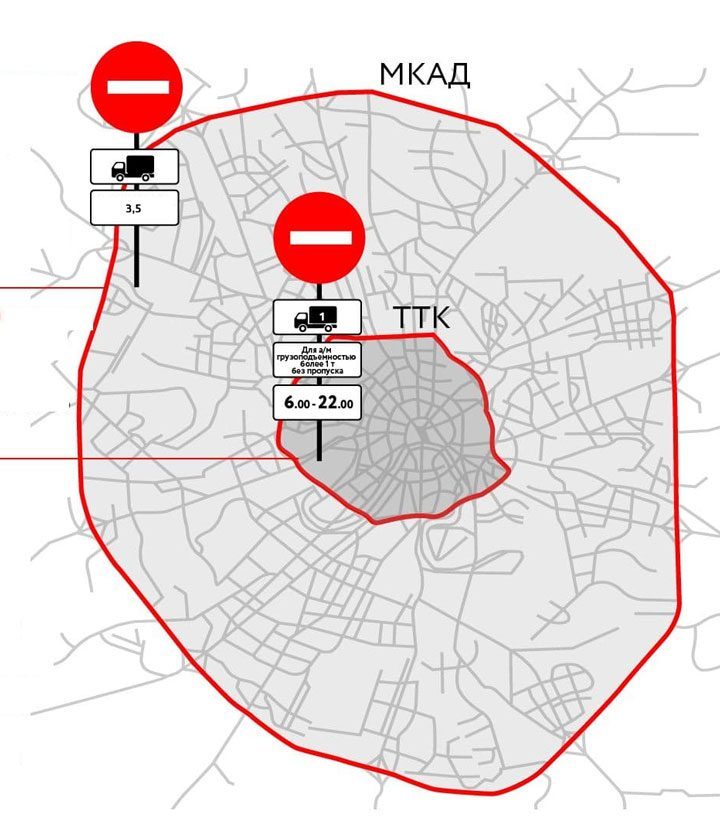
The FBL is a document of trust
With sanctions against Iran loosening, the FBL (FIATA Bill of Lading) is moving back into the spotlight.
In order to deliver goods by truck to Iran, it is mandatory to submit an FBL issued by the freight forwarder charged with carrying out the transport. Yet, even for other destinations and for multimodal transports, this document is of unwavering importance. What exactly is this paper and what is it used for?
Originally, the FBL was designed by FIATA (International Federation of Freight Forwarders Associations) for multimodal transports, so that aside from having individual waybills for each of the different modes of transportation, there would be one all-inclusive, standardized document that could be sent from the seller to the buyer, allowing him/her to acquire the goods. It corresponds to the guidelines set out by UNCTAD (United Nations Conference on Trade and Development) and is recognized by the ICC (International Chamber of Commerce).
The FBL is a document of title that is issued by a freight forwarder who thus confirms receipt of the goods and gives an irrevocable promise to deliver the goods to the claimant at a target destination. The FBL operator even assumes responsibility for all other parties and carriers taking part in the transport; conditions and liability are printed on the reverse side of the FBL. As an order form, the FBL shows the authorized recipient of the goods and can be transferred by endorsement (written entry of the new authorized recipient on the FBL), as long as the document hasn’t been marked “non – negotiable.” It is often required as an accompanying document for credit transactions as a letter of credit.
Pretty technical so far. So, in simple terms, what are the practical applications of the FBL?
Suppose an Austrian company wants to sell a machine in Iran. To settle the transaction, a shipping or freight forwarding agent must be appointed, who, as a FIATA member, may issue the required FBL. The forwarding agent now enters the name of his customer (ie. the seller), the list of goods, as well as the name of the recipient into the document, and then sends it to his customer. The customer, in turn, sends it on to the buyer of the machine at the contractually agreed upon time, so that the buyer may pick up the order of goods at the target destination. Delivery of the goods to that destination is the responsibility of the freight forwarder that has issued the FBL. In order not to risk situations where merchandise is delivered, but payment fails, or merchandise is paid for, yet the delivery fails, a bank letter of credit is frequently issued for security during which time the money is managed in trust by the recipient bank (issuing bank) and the sender’s bank (advising bank ) until the deal is closed. What this means in terms of the FBL is that in the space marked, “Consigned to the order of,” the bank of the buyer of the machine is registered as the authorized recipient. This bank assigns entitlement to the machine to the buyer via endorsement (transfer of rights) on the FBL only after payment of the purchasing price of the machine is made.
 Deutsch
Deutsch  English
English  Français
Français  Русский
Русский 


